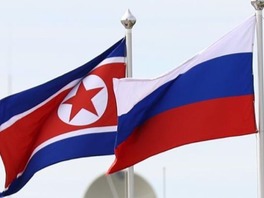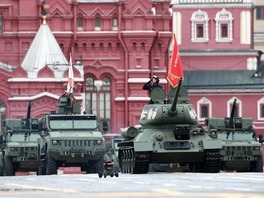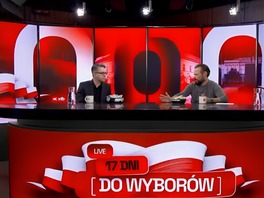The international jury of the World Press Photo competition has apologized for combining two winning works, photographs of a Ukrainian girl and a wounded Russian occupier, into one visual pair. The decision caused considerable resonance, as it could have created a false impression that the stories presented were equivalent.
In response to an appeal from Detector Media, the contest organizers explained that the two photos should not have been combined, as this " creates an overly simplistic and false equivalence and pushes to the background the story that each of them unfolds on its own ."
The head of the international jury, Lucy Conticello, emphasized: " These stories, meanwhile, only point to two aspects of Russia's ongoing war against Ukraine ."
Regarding the award for Mikhail Tereshchenko, a photographer for the Russian state news agency TASS, the organizers said they have no intention of canceling the award. At the same time, they plan to improve the rules of the competition and the procedures for evaluating the work of photographers working for state institutions. To this end, consultations will be held with photographers from countries such as Georgia and Ukraine, as well as with specialists working in repressive regimes.
" Over our 70 years of existence, this topic has been raised repeatedly. From the Vietnam War to Iraq and Afghanistan, from China to Iran and many other countries - how can photographers tell authentic stories, despite the restrictions imposed on them? How much information should the jury members know about who created these stories, compared to judging each work blindly, relying on the obvious quality of the work? We cannot claim to have perfect answers to these questions. According to the rules of the World Press Photo 2025 competition, the international and regional juries evaluated all competition works anonymously, without knowing either the identity of the photographer or his employer ," the organizers of the competition said.
At the same time, in the context of the award for Tereshchenko, it is noted that many Georgian photographers expressed outrage over the awarding of a representative of Russian state media for covering the protests in Georgia.
The organizers also expressed their disagreement with the use of the phrase "liberation of Mariupol", which was used in an interview with the winning photographer on March 27, 2025. In a statement, World Press Photo recalled its position:
- Russia launched a full-scale invasion of Ukraine on February 24, 2022.
- Russian bombings destroyed Mariupol, including civilian facilities such as a maternity hospital and a theater where people were hiding.
- Mariupol remains under Russian occupation.
- The city is important to the Russian government as part of a land bridge between the self-proclaimed Donetsk People's Republic (DPR) and Crimea, which Russia illegally annexed in 2014.
In response to public outcry, the competition organizers promised to review their approach to judging photos in the future and improve their rules to ensure a fair and balanced approach to each project.
As a reminder, the scandal in Ukraine arose because the World Press Photo jury recognized the best photo of a 6-year-old Ukrainian girl Angelina, taken by German photographer Florian Bachmeier, and a photo of a wounded Russian occupier. It was taken by German photographer Nanna Heitmann, who works for The New York Times and lives in Moscow.






